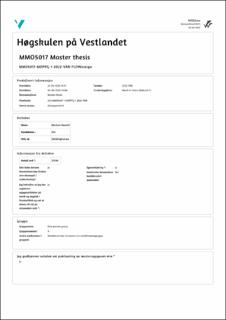| dc.description.abstract | Energy shapes our lives and the Earth. Energy, which was used by people in the beginning only for vital and basic needs, is the cornerstone of civilization, with an increasing need in today's modern world. The rapidly increasing energy demand and the inevitable negative effects on the environment caused by energy production, have made renewable energy technologies increasingly important and preferred among the widely used energy sources in the last decades. Wind energy is one of the leading renewable energy technologies. Wind energy comes to mind when it comes to renewable energy, as it is a carbon free, environmentally friendly, competitive technology. A step forward in production of wind energy is offshore and onshore wind turbines, with their numerous advantages.
Today, the increasing energy needs in the world and new searches related to this make onshore and offshore wind turbine applications an increasingly widespread renewable energy source. However, with this spread, challenges arise during the operation phases or being associated with the strength of the wind turbines. Potential failures must be known in advance so that they can be dealt with strongly and effectively. Damages and failures have a negative effect on the continuation of the operation and cause material and moral impacts. The aim of this study is to assess and analyze the damages to wind turbines onshore and offshore in order to reduce the risk of potential failures, damages and collapse of wind turbines. Thus, damages and failures that may occur in wind turbines will be determined, and the importance of strengthening wind turbines and certain maintenance requirements will be discussed. It will be attempted to be aware of the potential challenges that these systems may face and to contribute to their long-term viability.
While obtaining the data, many cases were evaluated, and the appropriate ones were included in this study. The study period is limited, every case does not overlap with the study, the background reasons for the failures are not specified, the transportation and construction phases (other than the operation) are not included because failures at these stages are not related to the operation of the wind turbines or the subject of this study. In addition, data processing is difficult and time consuming, and results such as downtime, cost, total operating hours or age of defective wind turbines were not evaluated while analyzing this data. There are such limitations when collecting data, but the database includes many failures, and all cases have been obtained as a result of serious investigation. According to the results of all these studies and analyzes, the database should represent the general failure rate in the industry. All data are presented in Appendix-A. Paper to be submitted to “Wind Energy”, a journal issued by Wiley Publishing Company is in Appendix-B. | en_US |

